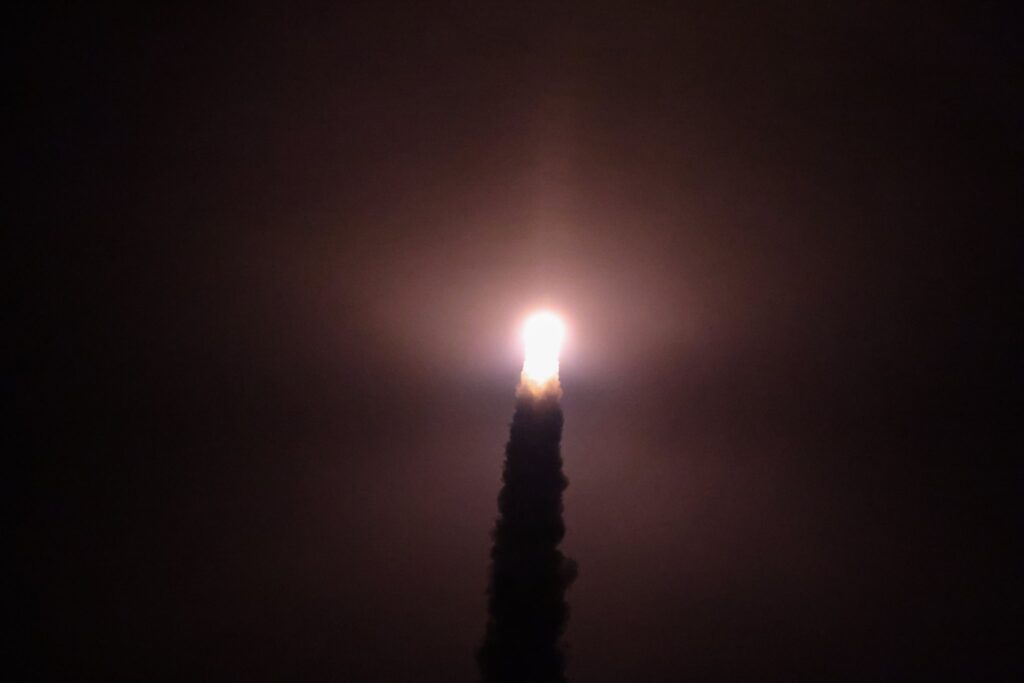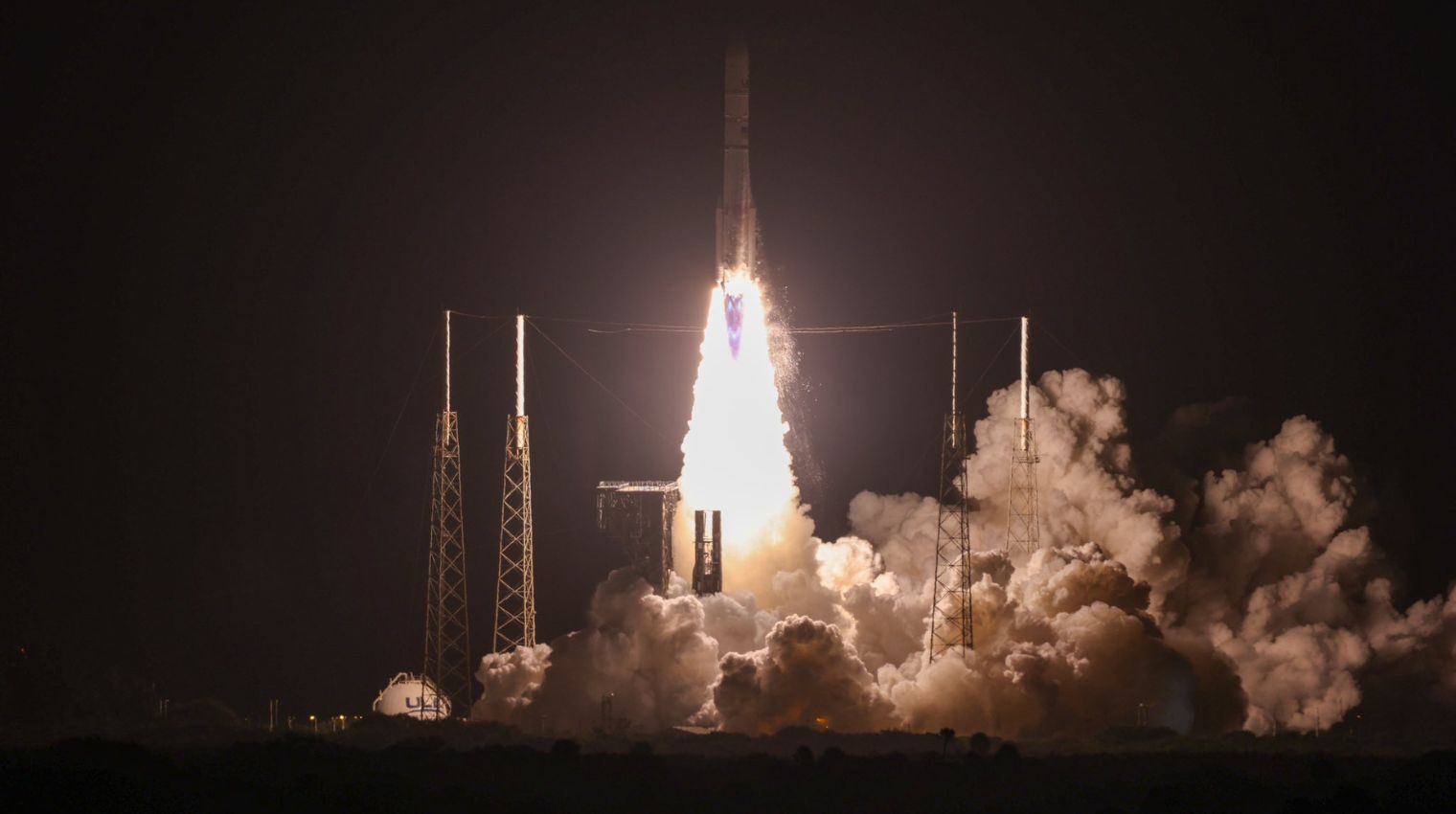Peregrine Mission 1 is set to transport around ten payloads, with a total mass capacity of 90 kilograms. This mission aims to launch a spacecraft to land on the Moon, following in the footsteps of Isro’s historic lunar landing in 2023. The Peregrine Lunar Lander, developed by Astrobotic Technology, has been selected through Nasa’s Commercial Lunar Payload Services (CLPS) initiative. It is designed to carry scientific instruments and payloads to the Moon’s surface, specifically targeting the Sinus Viscositatis region, also known as the Bay of Stickiness.

The mission’s scientific goals include analyzing the lunar exosphere, assessing thermal properties and hydrogen content of the lunar regolith, studying magnetic fields, examining the radiation environment, and testing advanced solar arrays. The scientific payload features cutting-edge instruments such as the Laser Retro-Reflector Array (LRA), Linear Energy Transfer Spectrometer (LETS), Near-Infrared Volatile Spectrometer System (NIRVSS), PROSPECT Ion-Trap Mass Spectrometer (PITMS), and Neutron Spectrometer System (NSS).

It is worth noting that five additional science payloads initially planned for this mission have been reassigned to future lunar delivery missions.
After a period in Earth orbit and a cruise phase to the Moon, the lander will make a precise descent to the lunar surface, where it is expected to operate for approximately 192 hours.

